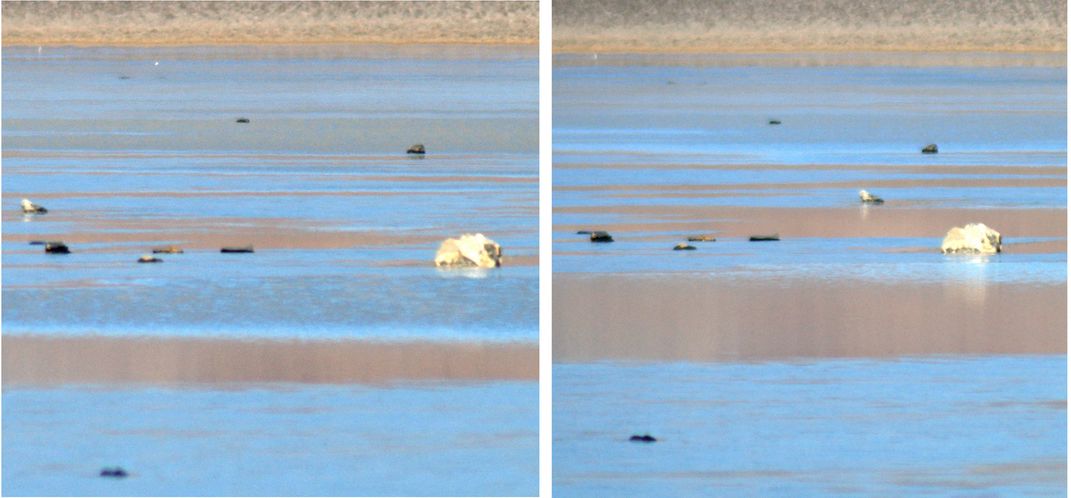Researchers Solve the Mystery of Death Valley’s Sailing Rocks
A team recorded thin sheets of ice pushing rocks across a desert lake bed, answering a decades-old question
/https://tf-cmsv2-smithsonianmag-media.s3.amazonaws.com/filer/64/f2/64f2e0bf-7d18-4ca0-9579-d676485c5354/racetrack_playa_rock.jpg)
Cracked mud and hundreds of mysterious tracks etch the remarkably flat, dry lake bed of Racetrack Playa in California’s Death Valley. People have known for decades that rocks create the tracks, which can stretch for 700 feet and make sudden turns, but they didn’t know how, exactly, the rocks managed it. Now a team of researchers has captured images of the rocks in motion.
Most theories speculated that some combination of wind and water was involved in sailing the rocks across the ground. Perhaps hurricane-force gusts of winds or dust devils shoved the rocks across slick mud. Or maybe thick sheets of ice lifted the rocks and dragged them across the lake bed.
The new research determined that none of those theories were exactly correct. Instead, thin clear sheets of ice—nudged along by a light breeze on sunny days—push the rocks inch by inch, according to work published in the journal PLoS ONE. One of the researchers involved, Scripps paleoceanographer Richard Norris, explains how the rocks move in a video:
Tracks can persist for more than a decade before another pond forms that is deep enough to create floating ice, Richard Norris says. He adds that the playa is dry 99 percent of the time, making the phenomenon very rare. As a result, the team never expected to witness the moving rocks in person. Yet that is what happened in December 2013, Norris told Nature News:
… when the researchers travelled to the playa in December 2013 to check instruments and change batteries, they found a huge ice-encrusted pond covering about one-third of the 4.5-kilometer-long playa. After several days of camping, they decided to sit above the southern end of the playa on the morning of 20 December. “It was a beautiful sunny day, and there began to be rippled melt pools in front of us,” Richard Norris says. “At 11:37 a.m., very abruptly, there was a pop-pop-crackle all over the place in front of us — and I said to [Jim Norris, of the engineering firm Interwoof in Santa Barbara], ‘This is it.’ ”
At their speediest, the rocks scoot along at a rate of three to six feet per minute but only for a handful of seconds at a time. That slow inching in stops and starts explains why no one had seen the rocks sail until now.
“It’s possible that tourists have actually seen this happening without realizing it,”Jim Norris said in a news release. “It is really tough to gauge that a rock is in motion if all the rocks around it are also moving.”


